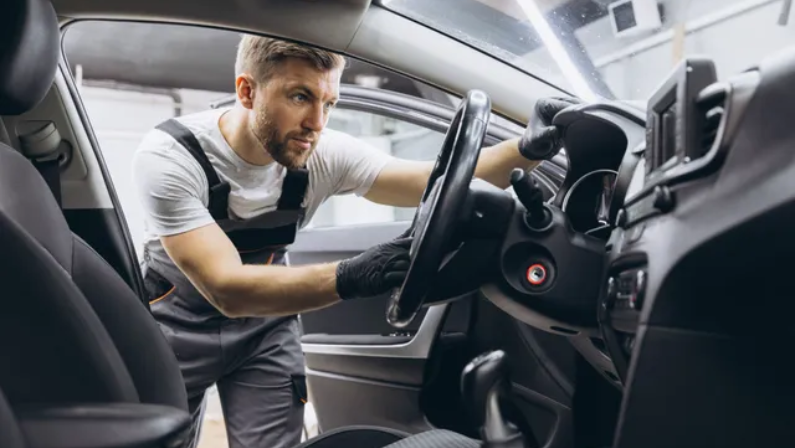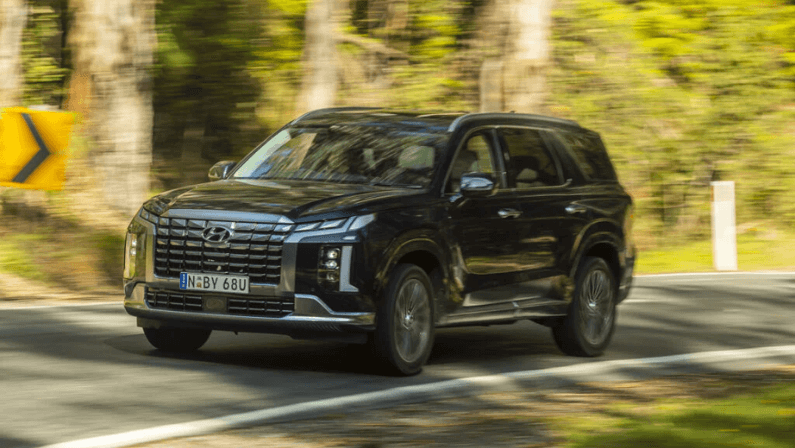Common Used Car Issues (And How to Stay Ahead of Them)
Posted on June 17, 2025

Buying a used car is a smart way to get more value for your money, but like any pre-owned vehicle, it may come with a few quirks.
Engine hiccups, electrical gremlins, or worn-out components aren’t uncommon—after all, every car has a history. The key? Knowing what to watch for and addressing issues before they turn into costly repairs.
At CarHub, we believe transparency is everything. While our pre-owned vehicles undergo rigorous inspections, even the best-maintained used cars can develop wear-related problems over time.
Whether your ride is still under manufacturer warranty or you’re navigating post-purchase care, this guide will help you:
- Spot the most common used car issues.
- Solve them with proactive maintenance.
- Save money by catching problems early.
Common Hidden Defects in Used Cars
When buying a used car, not all issues are visible right away. Some defects may take time to show up and can turn into costly repairs if not addressed early. Here are a few common hidden used car problems to watch out for:

1. Engine Overheating
An overheating engine can be a sign of deeper issues like a failing thermostat, radiator problems, or low coolant levels. If the temperature gauge frequently rises or there’s steam coming from under the hood, it’s time to have the cooling system inspected.

2. More Oil Consumption
If the engine is burning more oil than usual, it could be due to worn piston rings or valve seals. This often isn’t obvious during a quick test drive but can lead to engine damage over time. Regularly checking the oil level is a smart habit with any used car.
3. Engine Oil Leakage
Oil leaks are another issue that might not be spotted right away. You might notice oil spots on your driveway or a burning smell from the engine. Leaks can come from the oil pan, valve cover gasket, or seals, and should be fixed early to prevent bigger problems.

4. Dead Battery
A car battery that dies shortly after purchase might point to age or a weak charging system. If the car struggles to start or the lights are dim, it’s worth testing the battery and alternator to see if they need replacing.

5. Weak Brake Pads
Brake pads naturally wear out over time, and in a used car, they might be closer to the end of their life than you think. If you hear squeaking or feel less stopping power, get them checked. Worn brake pads can be a serious safety risk if ignored.
6. Suspension Issues
A car with worn-out suspension might feel bouncy, unsteady, or make clunking noises over bumps. While this might not be obvious right away, it can affect both comfort and safety. Look out for uneven tire wear or steering that feels off-center; these can be signs of suspension trouble.
7. Door Issues
Sometimes, used cars have door problems like difficulty closing, loose hinges, or broken locks. These might seem minor, but they can lead to bigger concerns like poor sealing (causing wind or water leaks) or security issues.
8. Back Camera Failure
Many newer used cars come with backup cameras, but not all of them work properly. A flickering screen, no display, or blurry image could signal a faulty camera or wiring problem. Test the camera to make sure it’s functioning as it should.

9. Low Tire Pressure
While this seems like an easy fix, consistently low tire pressure could hint at slow leaks or worn-out tires. Driving on underinflated tires can reduce fuel efficiency and increase the risk of tire blowouts. Always check the pressure and inspect for visible damage.
10. Radiator Leakage
A leaking radiator may not be obvious during a short test drive. But if you notice the engine running hot, or see small puddles of coolant under the car, that could mean trouble. A radiator leak can quickly lead to engine overheating if not addressed.
11. Faulty Alternator
A weak or failing alternator can cause your battery to drain quickly. If your lights are dimming or your car has trouble starting, it might be a sign of alternator trouble. It’s a good idea to have the charging system tested if you notice anything unusual.

12. Faulty Starter Motor
When the starter motor is going bad, your car may not start at all or it may take a few tries. Clicking noises when turning the key are also a common sign. This is one of those issues that can leave you stranded if not fixed early.
13. Transmission Issues
Transmission repairs can be expensive, so this is a big one to check for. Slipping gears, delayed shifting, or strange noises when driving can all be signs of trouble. If the car hesitates or jerks while changing gears, get it inspected.
14. Electrical Problems
Electrical systems control everything from power windows to dashboard lights. If switches stop working or warning lights keep coming on, it could point to a deeper electrical issue. These common problems in used cars can be tricky to diagnose without a professional scan.
15. HVAC System M
A working heating and cooling system is more than just comfort; it’s safety, too. If the AC doesn’t cool properly or the heater takes forever to warm up, there could be a problem with the HVAC system. It could be something simple like low refrigerant, or a bigger issue like a failed blower motor.

The Importance of Maintenance and Service History
A used car’s maintenance and service history is the best indicator of its long-term reliability.
Records of oil changes, brake services, and scheduled inspections show a vehicle has been properly cared for, while missing history can signal potential risks like overdue timing belt replacements or neglected fluid changes that may lead to costly repairs. Check the Carfax Report to see what service information is available.
At CarHub, our service center is here to help keep your car in top shape with expert maintenance, so you can drive with confidence.
Smart Move: Try to find a vehicle with a service history record and schedule regular check-ups to avoid surprises down the road.
How a Professional Inspection Takes Place
Getting a professional inspection before buying a used car can save you from future headaches. Here’s a quick breakdown of what happens during the process:

1. Visual Inspection
The mechanic starts by examining the car’s exterior and interior. They look for signs of rust, paint damage, fluid leaks, and tire wear. Inside the car, they check the condition of the seats, dashboard, lights, and controls.
2. Diagnostic Tools
They use a scan tool to check the car’s computer system for hidden error codes. This can reveal engine issues, transmission faults, or sensor problems that aren’t always obvious during a test drive.
3. Mechanical Inspection
Under the hood, the mechanic checks major components like the engine, battery, belts, and fluids. They also inspect the brakes, suspension, and steering system for any signs of wear or damage.

4. Test Drive
A road test is done to see how the car performs in real-world conditions. The mechanic listens for unusual noises, checks how smoothly the vehicle accelerates and brakes, and ensures it drives straight without pulling.
5. Lift Inspection
The car is then raised on a lift so the underside can be inspected. This helps identify frame damage, rust, exhaust problems, and fluid leaks that are hard to see from the ground.
6. Documentation and Report
At the end of the inspection, you’ll receive a full report. It outlines any issues found, recommended repairs, and an overall assessment of the vehicle’s condition.

Drive Confidently: CarHub’s Got Your Back
Used cars offer incredible value, but staying ahead of maintenance is the secret to long-term satisfaction. If you’re noticing any of these issues, don’t wait—visit CarHub’s service center for a diagnostic check or routine tune-up.
And if you’re still shopping? Explore our pre-owned inventory, where every car comes with a thorough inspection and peace of mind.
Pro Tip: Ask about our extended warranty options to keep your ride protected down the road. Schedule a service or browse our used cars today!
